Author: Chad Nielsen
-
Mormon Women at the Crossroads
Caroline Kline’s Mormon Women at the Crossroads: Global Narratives and the Power of Connectedness (University of Illinois Press, 2022) is an important contribution to studies of the Church of Jesus Christ of Latter-day Saints in the 21st century. The book is based on a series of oral interviews that Kline did with women of color in…
-
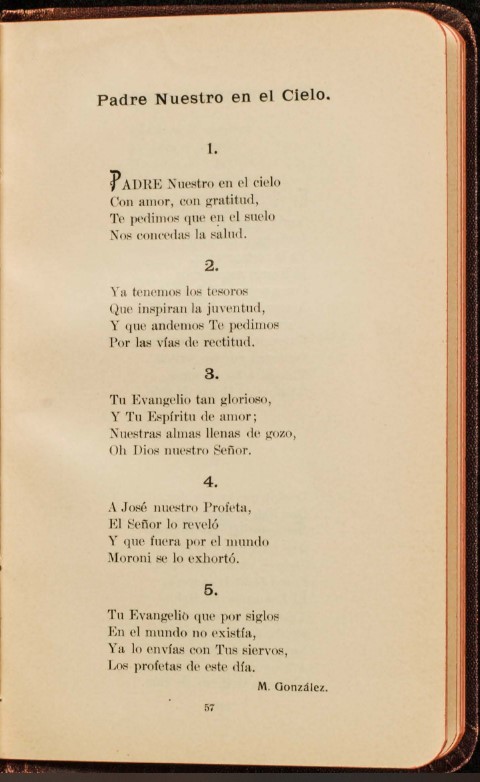
Padre Nuestro en el Cielo: Mexican Mission Hymns, Part 2
Note: This is a part of an ongoing series, the Mexico Mission Hymns Project. Hymn Text: Padre Nuestro en el Cielo by Manrique González was one of the earliest-published Spanish hymns in the Church of Jesus Christ of Latter-day Saints. It was published in the 1907 Mexican Mission Himnario Mormón (p. 57, see Figure 1)…
-
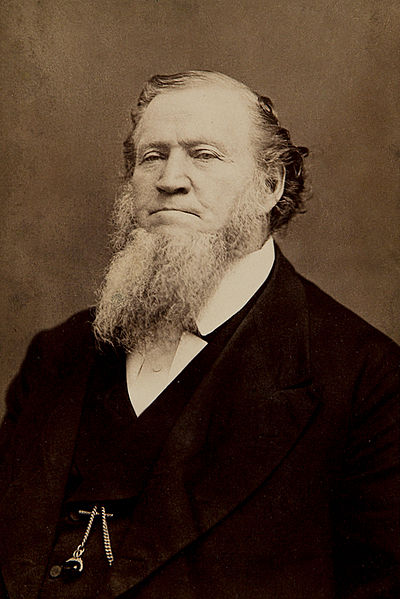
Looking at the Prophet Anew (Brigham Young edition)
How we understand and view President Brigham Young as the second prophet of the Restoration is often in a much more negative light than how the Prophet Joseph Smith is viewed. In a recent interview at the Latter-day Saint history blog From the Desk, Chad Orton discusses some of why that is and offers additional thoughts…
-
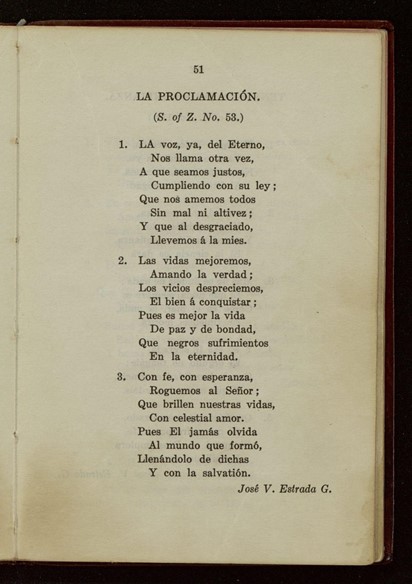
La Proclamación: Mexican Mission Hymns, Part 1
“I know for myself that Joseph Smith was a prophet because I have applied the simple promise in the Book of Mormon: ‘Ask God, the Eternal Father, in the name of Christ’ (Moroni 10:4). In simple words, look up.”[1] ~Adrián Ochoa Note: This is a part of an ongoing series, the Mexico Mission Hymns Project.…
-
Announcing a Mexico Mission Hymns Series
I’m excited to announce a new project that I’ll be sharing on Times and Seasons over the next few months – my Mexico Mission Hymnody project. A few years ago, a future new edition for the Hymns of the Church of Jesus Christ of Latter-day Saints was announced. While working on what would become my…
-
To Ezra or not to Ezra…
Ezra is an important figure in the Hebrew Bible, but there are some concerns that have been raised over the historical record around him and some interesting places where he is missing in that record. In an interview over at the Latter-day Saint history blog From the Desk, the Biblical scholar Charlotte Hempel discusses some…
-
Shaking the Dust from Your Feet
Have you ever performed a ritual shaking of the dust from your feet? I never have (in fact, I’m pretty sure I was specifically instructed to not do that as a missionary), though as a 20-year old, I was somewhat tempted while serving a full-time mission on a few occasions. In an interview over at…
-
Grass Roots in Mexico
Grass Roots in Mexico: Stories of Pioneering Latter-day Saints by F. LaMond Tullis (Provo: Religious Studies Center, Brigham Young University, 2021) was one of the books I was most excited to see on the lists of books coming out in 2022. Released in early July, Grass Roots in Mexico offers an important glimpse into the…
-
Women and the Priesthood with Lisa Olsen Tait
“Do women have the priesthood?” You would think the answer would be a simple yes or no for members of the Church of Jesus Christ of Latter-day Saints. The reality, however, seems to say differently, with people arguing for a whole spectrum of answers while discussing this topic of perennial interest. In a recent interview…
-
A Time When Tithing was Almost Done Away
In the aftermath of the US Civil War, the Church faced a heavy tax settlement that led to a contemplated hiatus in requiring tithing. In a recent interview over at the Latter-day Saint history blog From the Desk, Samuel Brunson discussed how that situation came about, what the leaders of the Church tried in order…
-
Three Degrees
Language is a tricky thing. Sometimes, when someone says a word, it can mean something very different to them than it does to us. This can be particularly true when that person is from the past and the exact meaning of a word changes over time. In a recent interview with Bryan Buchanan about an…
-
Method Infinite: On Masonry and Mormonism
The recently-published Method Infinite: Freemasonry and the Mormon Restoration by Cheryl L. Bruno, Joe Steve Swick III, and Nicholas S. Literski (Greg Kofford Books, 2022) is an insightful and information-packed volume about a plethora of possible points of contact between Freemasonry and the Restoration of the Church of Christ. While many studies of Masonry and…
-
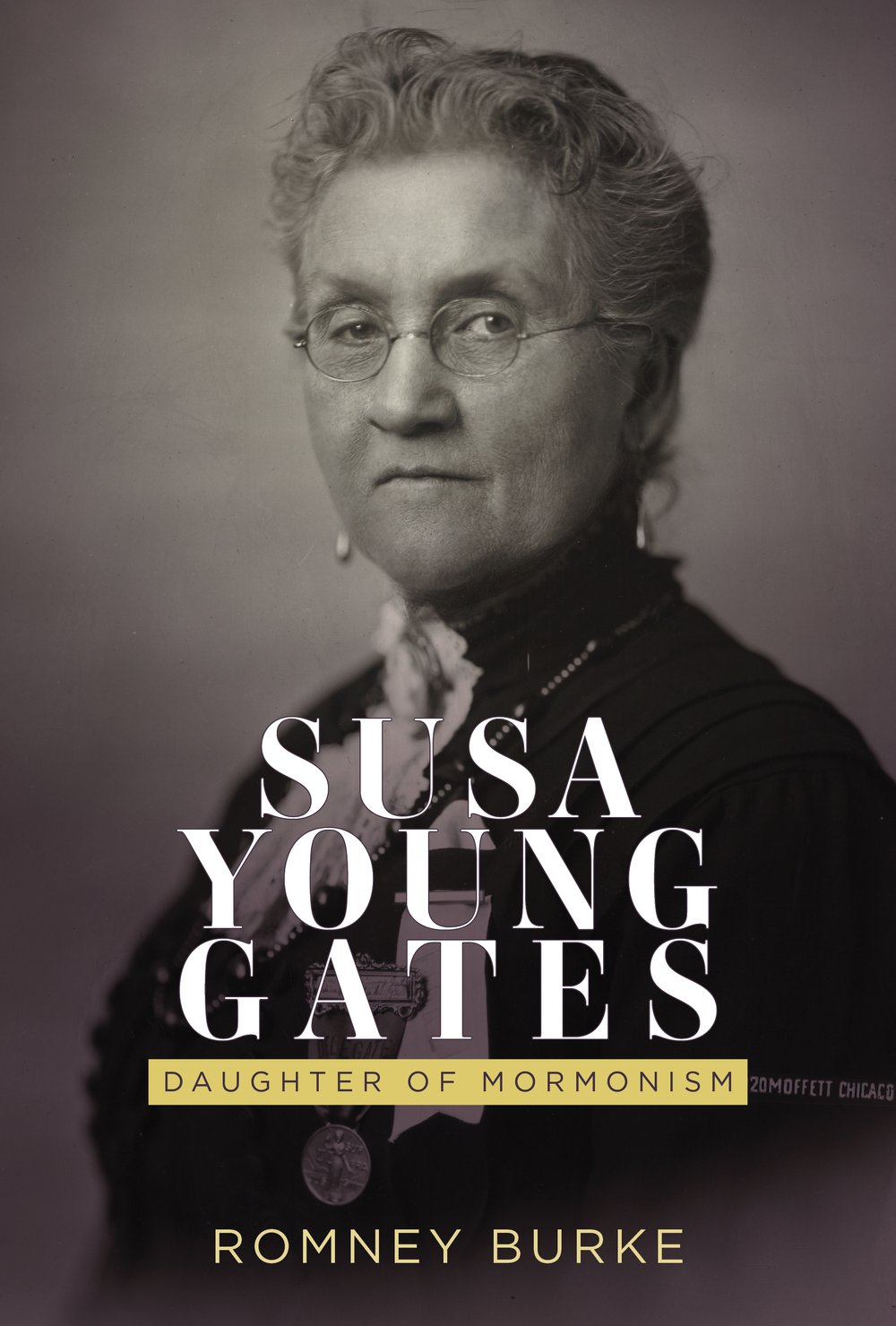
Daughter of Mormonism
Susa Young Gates was an interesting and important personality, and Romney Burke’s recently-published biography Susa Young Gates: Daughter of Mormonism (SLC: Signature Books, 2022) provides a well-researched glimpse into her life. Perhaps the best-known daughter of President Brigham Young, Susa led a life as a prominent figure in the Church of Jesus Christ of Latter-day Saints. …
-

Was Jesus Married or Not?
An enigma that has been explored repeatedly over the years, both in the Church of Jesus Christ of Latter-day Saints and in Christianity more broadly, is the marital status of Jesus of Nazareth. There is little to reliably indicate either way in the established canon of the New Testament, but that hadn’t stopped people from…
-
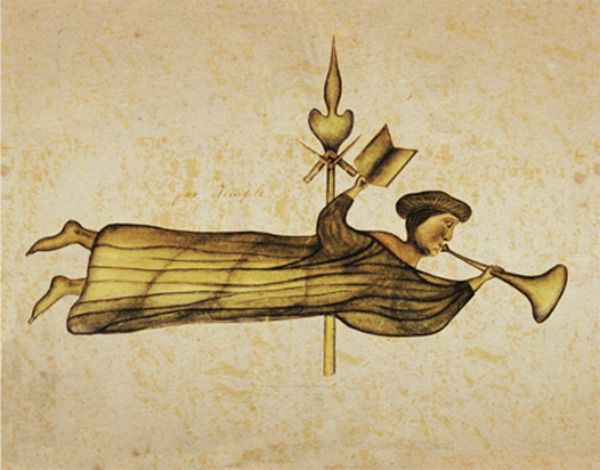
Masonry and Mormonism
The relationship between Freemasonry and the Church of Jesus Christ of Latter-day Saints is a subject of controversy for members of the Church. In the near future, two important studies of that relationship are slated to be published – Method Infinite: Freemasonry and the Mormon Restoration by Cheryl L. Bruno, Joe Steve Swick III, and…
-

The Poisoning of Deseret
One biographer of the famed British composer and ethnomusicologist Ralph Vaughan Williams posted a question – how could Vaughan Williams be both a socialist and a nationalist at the same time? One tended towards trying to eliminate boundaries and differences while the other tended toward glorying in boundaries and difference. He answered through two different…
-
Consecration and Tithing
What do you think of when you hear about the law of consecration? For me, the initial images that flash through my mind have to do with past attempts in the Church to implement programs like the United Order of Enoch in various communities in the Midwest and Utah during the 1800s. Yet, I also…
-
The Pony Express Before the Pony Express
Growing up in Utah, I remember a time when my parents took me out to a remote location where there was a reenactment of the Pony Express, a famous mail system in the western United States of America that facilitated fast communication. As noted in a recent interview at the Latter-day Saint history blog From…
-
Relief Society Records
Documents feel like treasures to me. They give insight into the past and have to be mined to get everything you can out of them. Because of that, it’s really exciting that the Church has begun to release minutes from the Relief Society General Board. In a recent interview at the Latter-day Saint history blog…
-
Grace, Works, and Becoming
Since at least the time of Augustine of Hippo and Pelagius, western Christianity has been embroiled in a debate about salvation and grace. The two extremes have been represented as salvation by grace alone and earning salvation by our own works. In a recent interview at From the Desk, Terryl Givens described the need to…
-
Accuracy of the Journal of Discourses
One of my ongoing dreams is to be able to afford a full set of the Journal of Discourses as part of my collection of Latter-day Saint books (though given the price tag, it probably won’t happen any time soon). In any case, the Journal of Discourses holds an interesting place in the Church of…
-
The Smith Family and the First Vision
One of the more interesting points of contention about the history of the First Vision is how much Joseph Smith’s family knew about the First Vision. During his lifetime, only 4 accounts of the First Vision were published in English – Orson Pratt’s “A Interesting Account of Several Remarkable Visions” in 1840, the official history…
-
Ghostwriter to the Prophet
I suspect that if we really knew and experienced the early history of the Church of Jesus Christ of Latter-day Saints for ourselves, we might be surprised by who were the most influential members in shaping the developing Church. In a recent From the Desk interview, Bruce A. Van Orden discussed one candidate for that…
-
Juneteenth and Utah Territory
Tomorrow is Sunday, June 19, which is celebrated as Juneteenth National Independence Day in memory of the day that the Emancipation Proclamation began to be enforced in Galveston, Texas by the Union Army (19 June 1865). In Utah, this also doubles as the anniversary of the day that Abraham Lincoln signed a bill into law that…
-
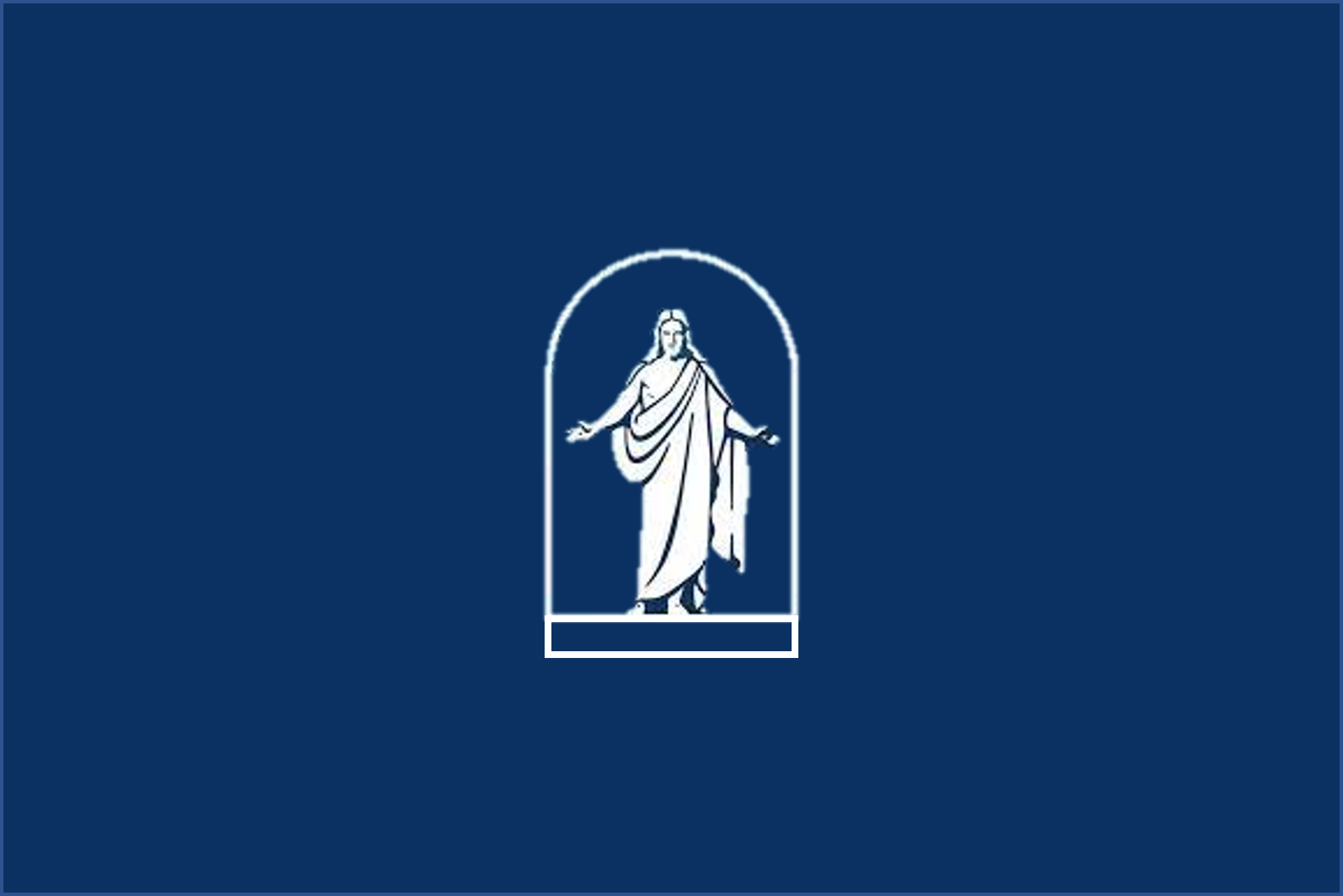
Of Flags and Symbols of the Church
The state of Utah is looking into creating a new flag. I was interested, so looked into best practices for flag making (vexillology) and found a handy guide from the North American Vexillological Association that suggested five basic principles of flag design: Keep it simple (the flag should be so simple that a child can…
-
Susa Young Gates
When I was a child, I heard of Susan B. Anthony, Susa Young Gates, and John Sousa, but had trouble separating them out in my mind because of similarities in name. The result was that I thought Brigham Young had this rockstar daughter who was featured on a silver dollar for her women’s rights activism…
-
Jesus in Recent Latter-day Saint Art
At the Mormon History Association conference this weekend, Anthony Sweat shared a funny story during his presentation on “A White Jesus and a Global Church.” Apparently there were some individuals who were visiting BYU from Saudi Arabia to observe teaching at the institution. During a class that Dr. Sweat was teaching, the Saudis saw a…
-
Considering Emma Hale Smith
Emma Smith isn’t just an elect lady, she’s a complicated one too. Jenny Reeder, author of First: The Life and Faith of Emma Hale Smith, recently discussed reasons for why that is the case in an interview with From the Desk. Alternatively vilified or considered an hero of the Restoration in the Church of Jesus Christ…
-

Collected Thoughts on the Doctrine and Covenants
I spent most of 2021 writing a series of posts to follow along with the “Come, Follow Me” curriculum for the Doctrine and Covenants. I had a few reasons for doing this. First and foremost, I wanted to challenge myself to look more closely at the scriptures, to really read and think about what the…
-
The King Follett Discourse
The irony of the King Follett Discourse is that it is the most famous discourse given by the Prophet Joseph Smith, but still rarely quoted in general conference or other official publications of the Church of Jesus Christ of Latter-day Saints. In a recent From the Desk interview, James Falcouner discussed some of the reasons…
